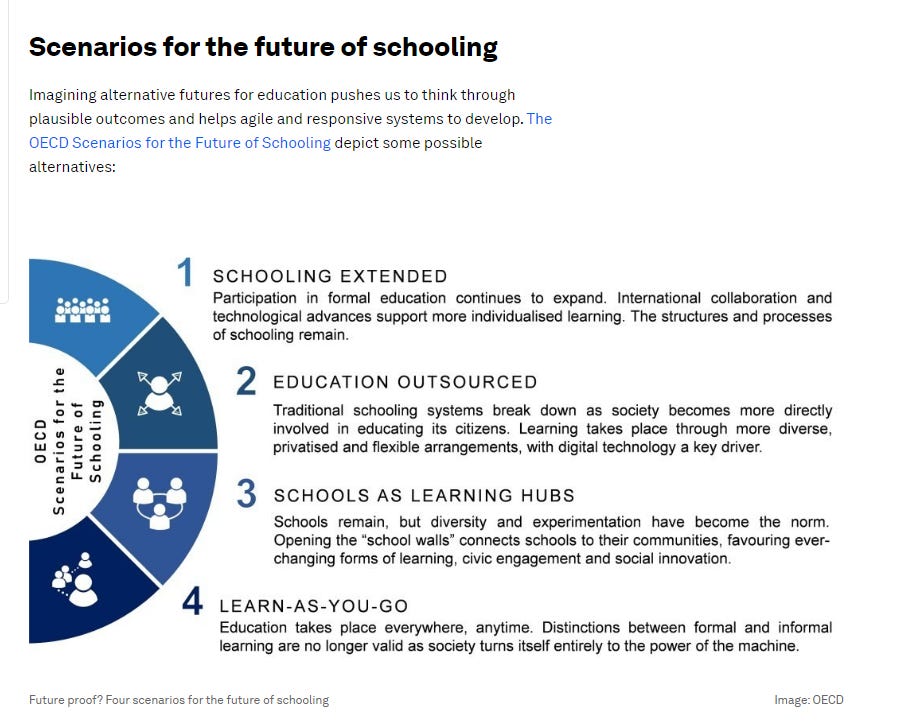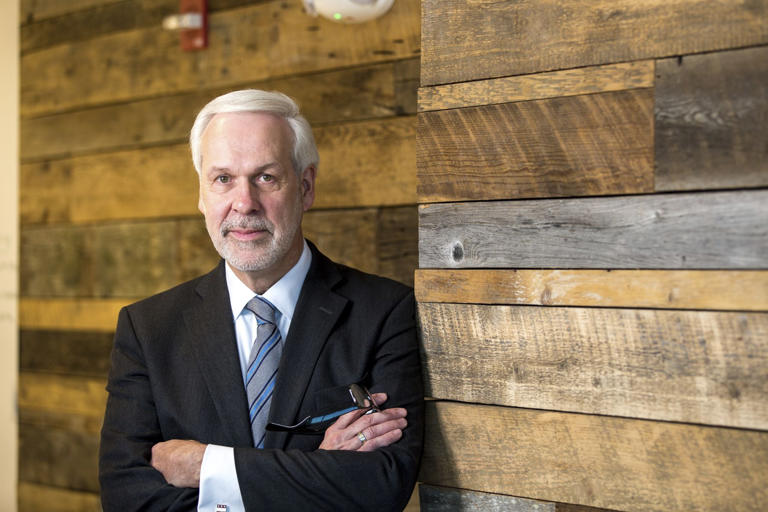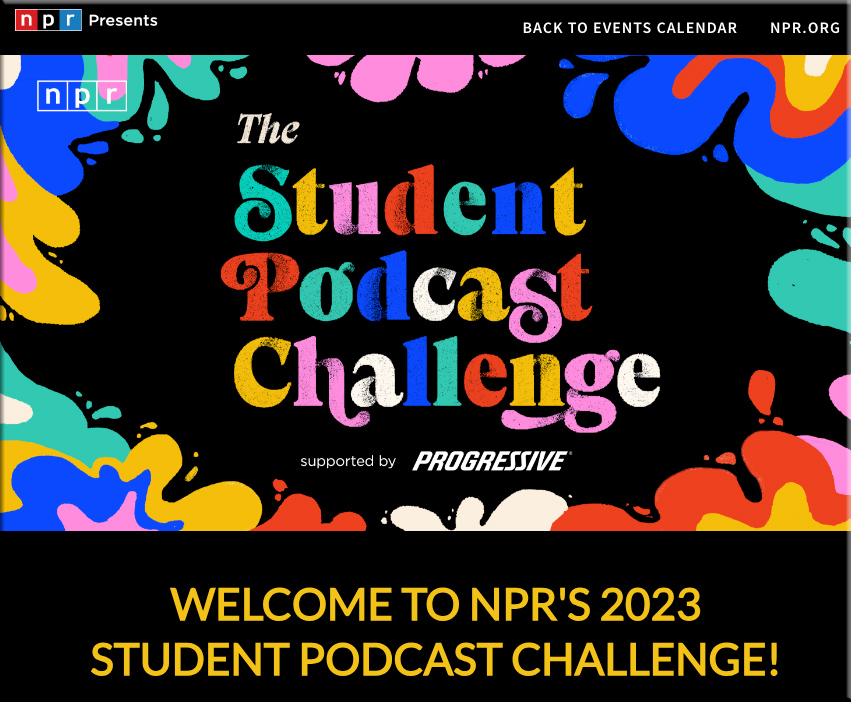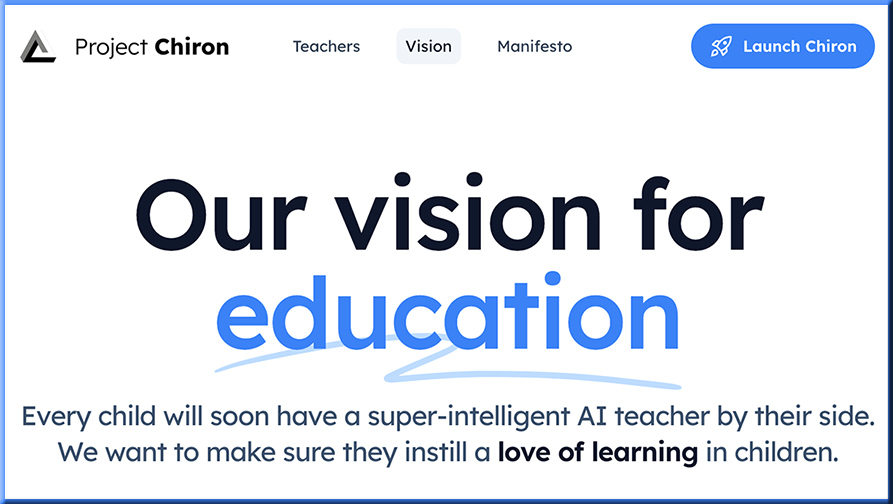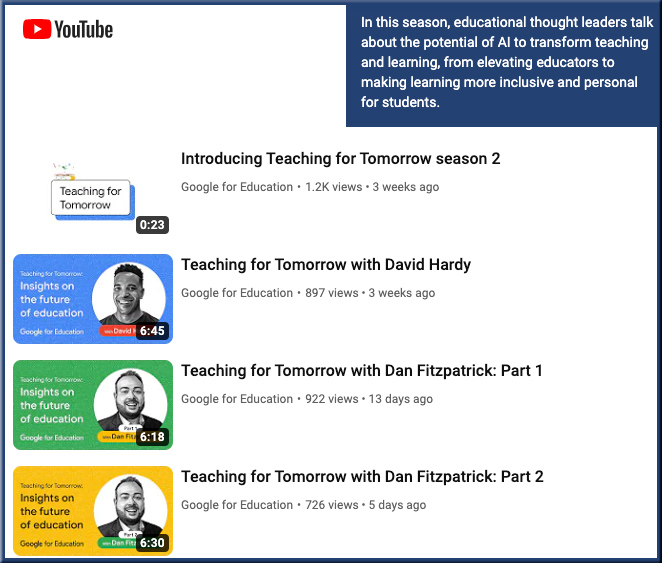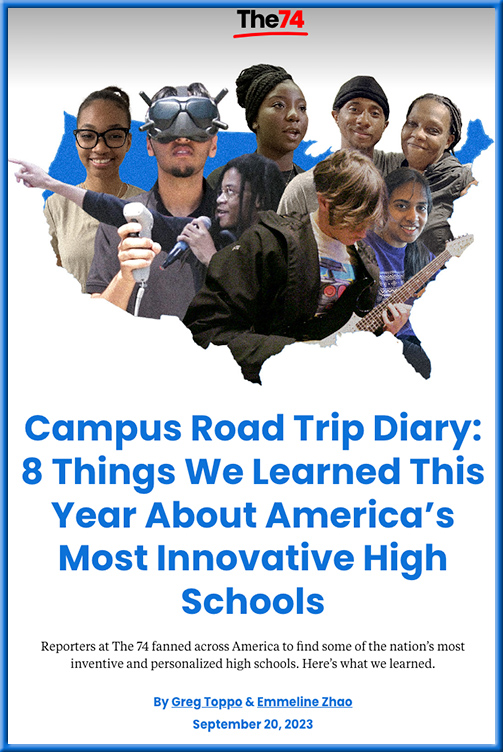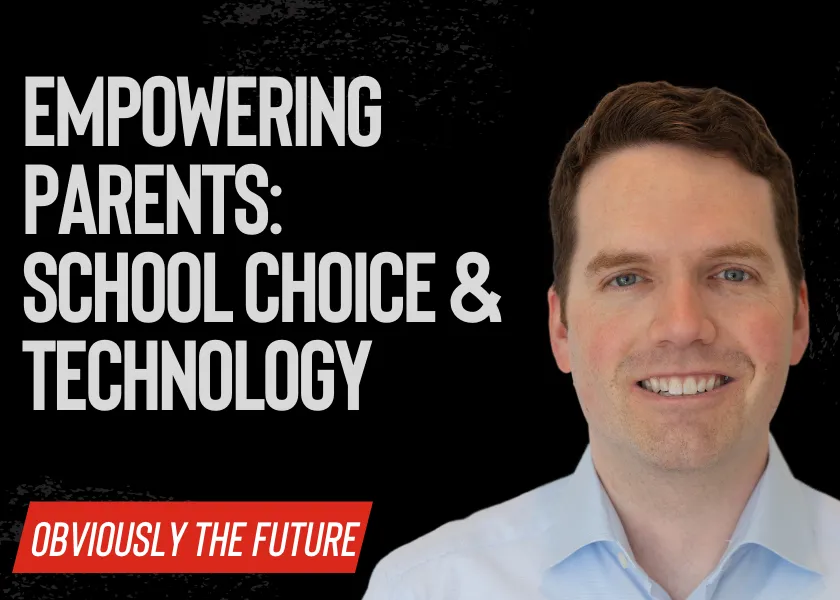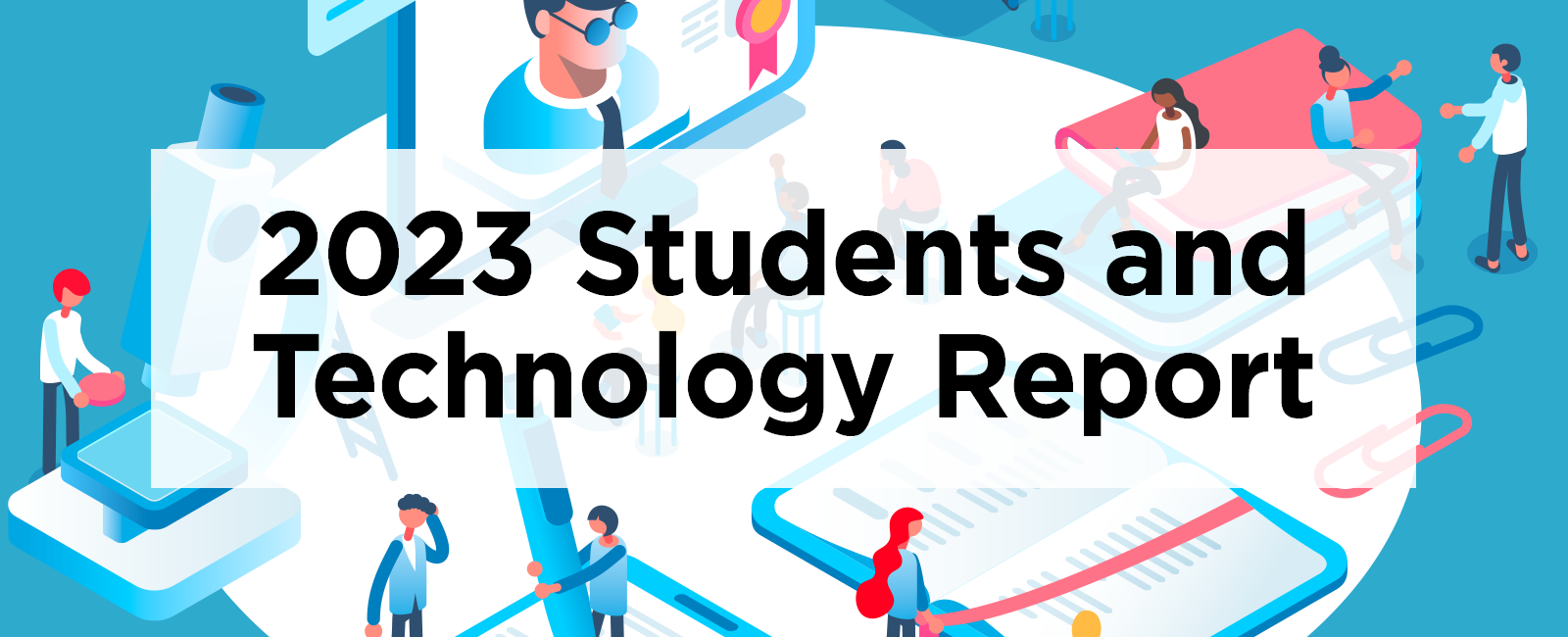Are two teachers better than one? More schools say yes to team teaching — from hechingerreport.org by Neal Morton
Early research shows it cuts turnover and improves teachers’ job satisfaction
The model, known as team teaching, isn’t new. It dates back to the 1960s. But Arizona State University resurrected the approach, in which teachers share large groups of students, as a way to rebrand the teaching profession and make it more appealing to prospective educators.
…
In Mesa, teachers working on a team leave their profession at lower rates, receive higher evaluations and are more likely to recommend teaching to a friend.
Early research also indicates students assigned to educator teams made more growth in reading and passed Algebra I at higher rates than their peers.
Question: What Early Advice Had a Lasting Impact on Your Teaching? — from edutopia.org
Share the pivotal advice that shaped your teaching and learn from others in our community.
What Districts With the Worst Attendance Have in Common — from edweek.org by Sarah D. Sparks
It is tough to bring students back to the classroom once chronic absenteeism rates begin to climb. As more districts struggle with historically high absenteeism, new research suggests they may need a more systemic approach to reengaging students.
A new working paper on Michigan schools released by the Annenberg Center found most school districts with severe attendance problems did not directly address absenteeism when planning school improvement strategies. Among those that did focus on improving attendance, few coordinated their interventions across schools and aligned interventions to combat the specific barriers keeping students from school.
“If you think about the reasons that families are missing school, informing families about their children’s attendance is certainly important, but it’s not like the primary driver of absenteeism,” Singer said, “so there’s a disconnect.”
3 Strategies for Successfully Starting Your Career as a School Leader — from edutopia.org by Alexandra Auriemma
An assistant principal near the end of her second year in the job shares her advice for those moving into leadership roles.
However, I’ve learned that effective leadership isn’t about having all of the answers; it’s about knowing which questions to ask. Effective leaders listen deeply and ask questions that shape people’s thinking, moving the organization from where it is to where it needs to go.
Building Better Schools: The art of leading change in education — from gettingsmart.com by Tyler Thigpen
Today’s K12 students are spending the vast majority of their time in classrooms listening to answers to questions they did not ask and following rules they did not have a hand in making. Given that this dynamic goes on for years, what is it doing to students’ minds and spirits? To their agency and empowerment? Are we unintentionally graduating dependent young adults?
…
But what if the opposite were true? What if schools empowered children to flourish? What if schools were the places where they could explore, identify, express, and develop their thoughts, feelings, and goals? There’s power in the uniqueness of every child. It’s time that school designs honor students’ unique calling, preferences, and goals, and encourage them to pursue those. It’s time to move fully into a new era for learning where learners can develop greater self-leadership than ever before.










